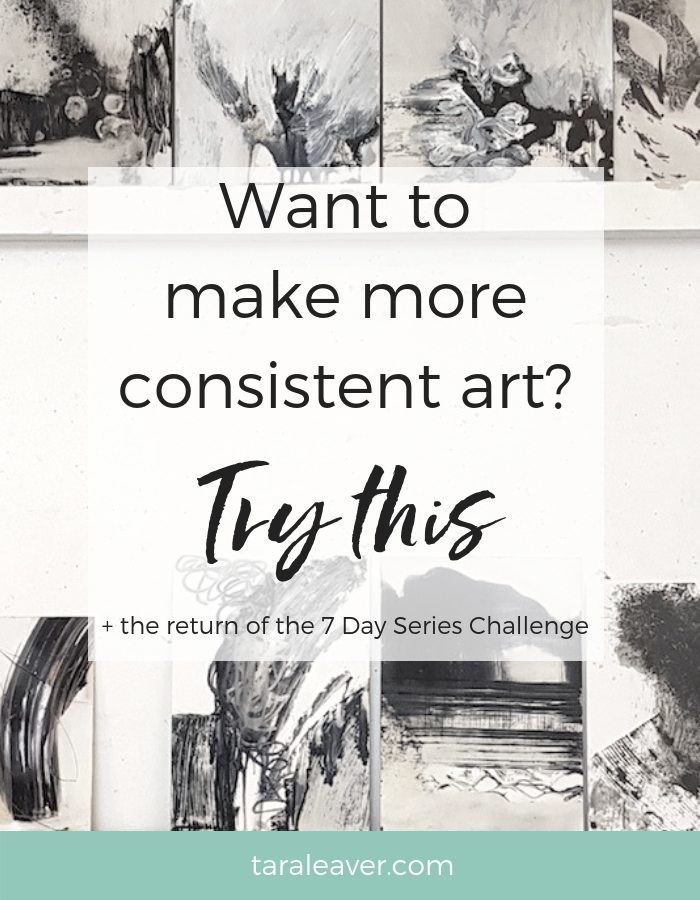
Easily the most common issue I hear about in my line of work is that of feeling you don’t have ‘a style’, and by extension, creating work that is a bit all over the place. This is often followed by some self-flagellation for magpie tendencies, aka ‘but I want to try everything!’.
Most of us want to be able to commit to a focus and make more consistent art at least some of the time, but it’s not always as easy as it might seem.
Over the years I’ve explored this issue and its possible solutions, being no stranger to it myself, and have even created courses to help clear a path through the confusion. Today, I’m offering a few thoughts and a few tips, and also a free challenge that might help you if this is something you struggle with.
A few thoughts
If I’ve learned one thing over the last decade, it’s that consistency in your art does not, for most of us, happen overnight.
I’ve also noticed that the frustration tends to come from feeling we ought or want to be more consistent way before it makes sense for that to happen, ie. when we’re still in the early stages of learning to express ourselves through art. And the early stages can take years, friends. That’s completely normal {if a total bummer at times}.
There seems to be this standard way of thinking about it.
- We notice that our paintings are coming out different from each other without any apparent common theme or thread.
- We also notice that we’re far too curious about all sorts of different subjects, styles, techniques and media to feel able to commit to just one.
So we assume there’s something wrong with us, that we’re not ‘real artists’. That we will never be able to make consistent work.
I don’t like the word amateur at all; it seems to come laced with judgement whenever it’s used. But I do think if we were able to accept early on that those other ‘further along’ words we may want to claim – professional, experienced, skilled, ‘good at what we do’ – may take longer to apply than we imagine or might like, {especially if we don’t yet have a regular artistic practice}, the whole process of finding our way might be a little less painful.
A few tips
So my first tip, in light of the above, would be to really try to let it sink in that
a} everything takes a lot longer than you think it ought to, and
b} in the beginning {which may go on for some time – see a!}, you likely will want to try a lot of different things, your work therefore will probably look inconsistent {although there will also be common threads so stay alert for those}, and this is all totally ok and normal. Frustrating as all hell, but normal. In fact, I consider it a significant part of fully becoming your artist self.
If that helps a bit but isn’t really enough for you, try this:
Embrace creative constraints
Choose a theme – something you feel passionate, or at least mildly sparked, about – that makes you aware of your heart in your chest because it’s speeding up or expanding somehow as you think about it.
Some themes emerge or become apparent as we immerse in our practice, others we actively choose as a starting point because emergence needs the fertile soil of consistent practice, and in the early days there is less of that.
Your theme is not set in stone; expect it to evolve and change. But choosing one, and thus creating some boundaries around your creating, will do you a huge favour in terms of being able to move forward, counterintuitive as it might seem.
Find something to fall in love with
You have to find something to fall in love with – a composition, a palette, a subject, a type of expression. For example, exploring mark making in relation to your theme, high horizon lines, a monochrome palette, or how to use light to create a certain feel in your paintings.
The falling in love part is important because that’s what will keep you coming back for more. The irony of course is that this means trying lots of things, looking at lots of art, and generally indulging your magpie tendencies. A lot of the time finding a single focus, for however long it lasts, is about trying out and then rejecting many things that are not it.
Work in multiples
I wish someone had told me about this, or that I’d worked it out, way earlier than actually happened. While there are of course plenty of artists who paint one piece at a time and that serves their process, for many others working in multiples is the route to more art, which means more practice, which ultimately means more consistency and stronger work overall.
If you haven’t tried this yet, I’m about to offer you the opportunity. 🙂
A free 7 day challenge
A couple of years back I came up with the 7 Day Series challenge to try to help address the ‘inconsistency problem’ in a focused but manageable way – a way to get a taster of creating a series and thus proof that you can in fact make more consistent art. Participants have consistently {ha} surprised themselves with what they’re capable of creating in just one week.
“I did the whole seven days (over eight). It felt like a triumph to get by day four as at that point I was thinking I had no new ideas and then it occurred to me that I didn’t actually need a new idea just keep working with the movement and the colour and let it happen and it did. I’m happy with how the full set looks together and individually too.”
Sarah Pickering
What
Seven days to create art with a single focus. Got something you’ve been wanting to explore a bit more deeply? This is the perfect opportunity.
The challenge is open to all visual artists – you can paint, draw, knit, sculpt, sew, make jewellery, or whatever you like. I recommend keeping the concept and process fairly small so you don’t overwhelm yourself or make it impossible to keep going.
I’ve created a free worksheet you can download to help you decide on your focus. It makes a huge difference to a project when you start with some kind of specific intention or plan, and when the time frame is short that becomes even more true. The last thing we want is to choose something so vague and ambitious it overwhelms us and crushes the fun out of it.
I also suggest working with something that either already interests you or even that you’re already working on. The point is to have a specific focus for seven days and see where it leads. Let’s make it as easy as possible!
When
We’ll begin officially on Tuesday October 9th; that’ll give you a few days to mull over ideas, share about it on Instagram if you like, fill in the worksheet and prepare your supplies so you’re ready to rock on Day 1. Then each day of that week you’ll receive an encouragement email from me to help you keep going, if you’ve chosen to receive those.
Where
Mainly on Instagram, using the hashtag #mycreativetouchstones. Those not on Instagram usually do it in my private Facebook group for Artnote subscribers and course participants.
How
- {Optional} Sign up in the box at the bottom of this post to receive the daily emails {this is also the sign up box to hear about Touchstone, however there’s no obligation}
- Download the worksheet and start percolating ideas
- Fill it in when you’re ready and pop your planned painting sessions into the calendar
- Get started on October 9th when the first email arrives!
- Photograph your creation each day and then come on over to Instagram to share it, using the hashtag #mycreativetouchstones
- Check out what others are doing, feel galvanised, and cheer each other on!
I do hope you’ll join us! It always turns out to be a very rich experience for participants, and it’s deeply satisfying to reach the end of the seven days and survey your {perhaps first!} body of cohesive work. {See some previous examples here, here, here and here!} I think you’ll find it also provides proof that you already have a unique voice as an artist; it might need just a bit more focus to strengthen it.
You may also be interested in Touchstone, my course about creating the artist life that aligns with who you are and the life you’re already leading. It’s available inside the Happy Artist Studio – click here to find out more!
If you have any questions, please leave them in the comments below.
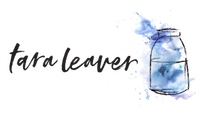

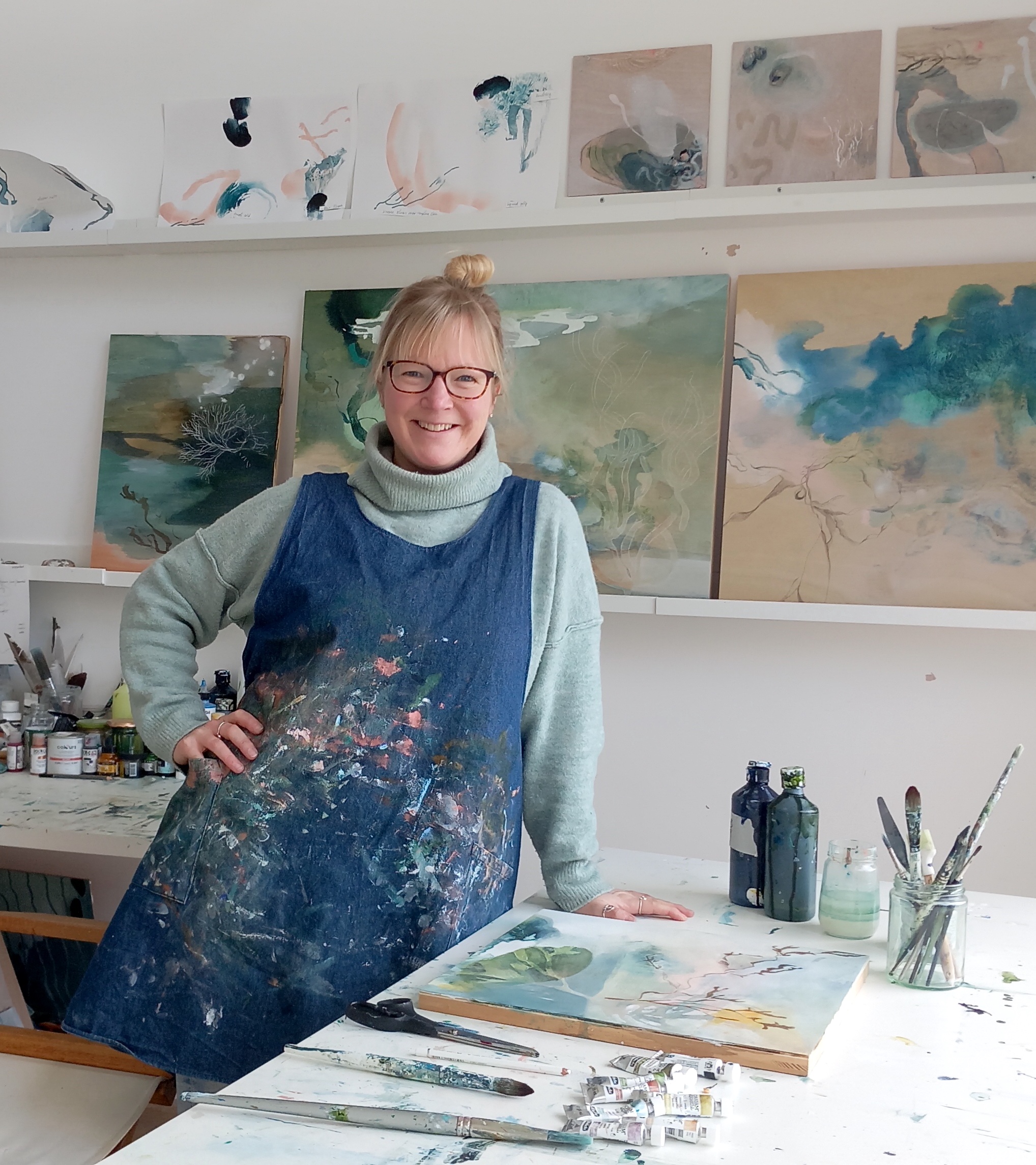
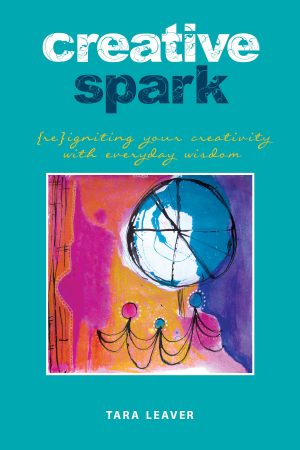
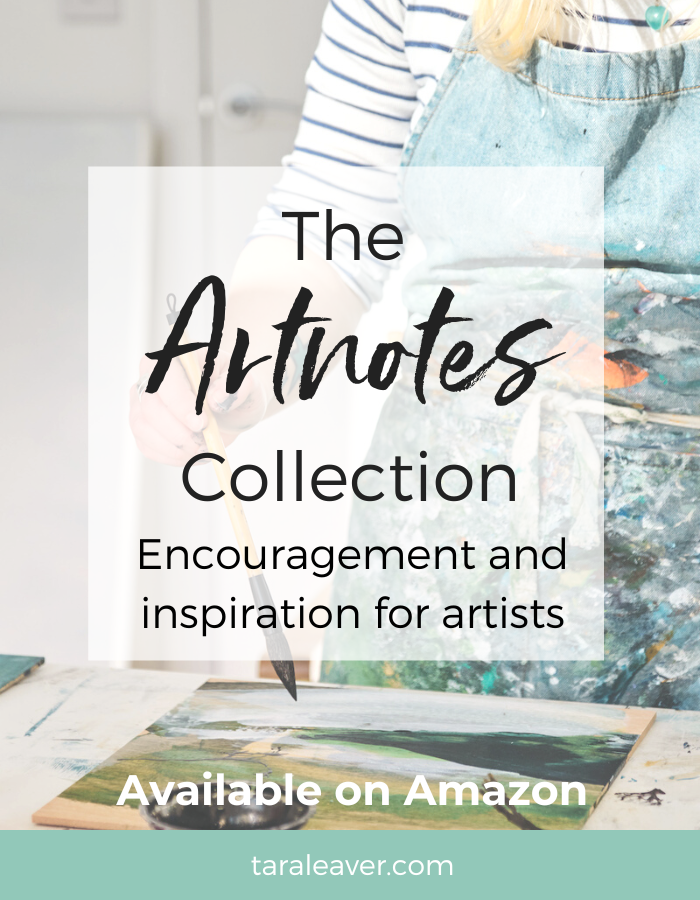
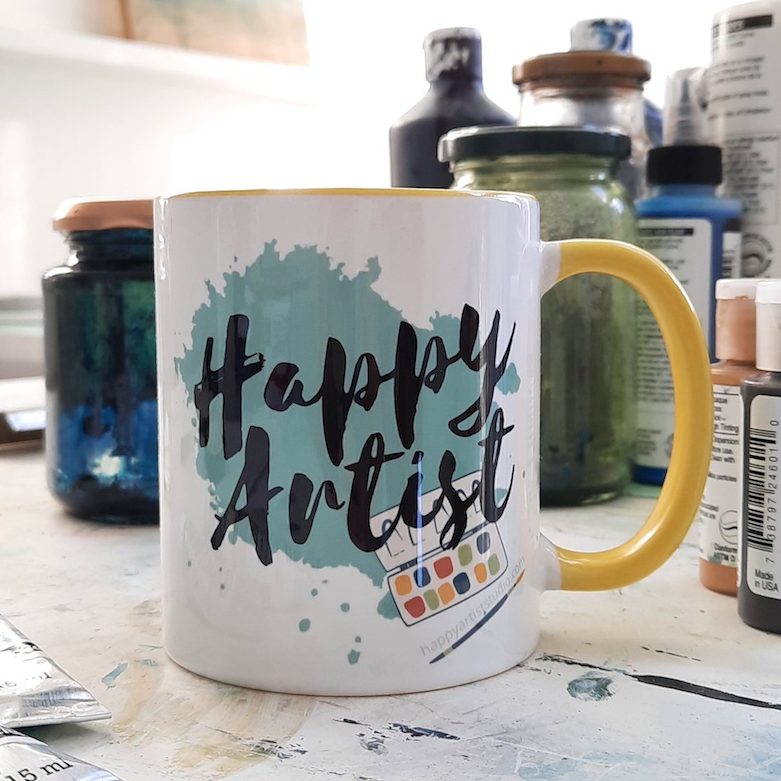
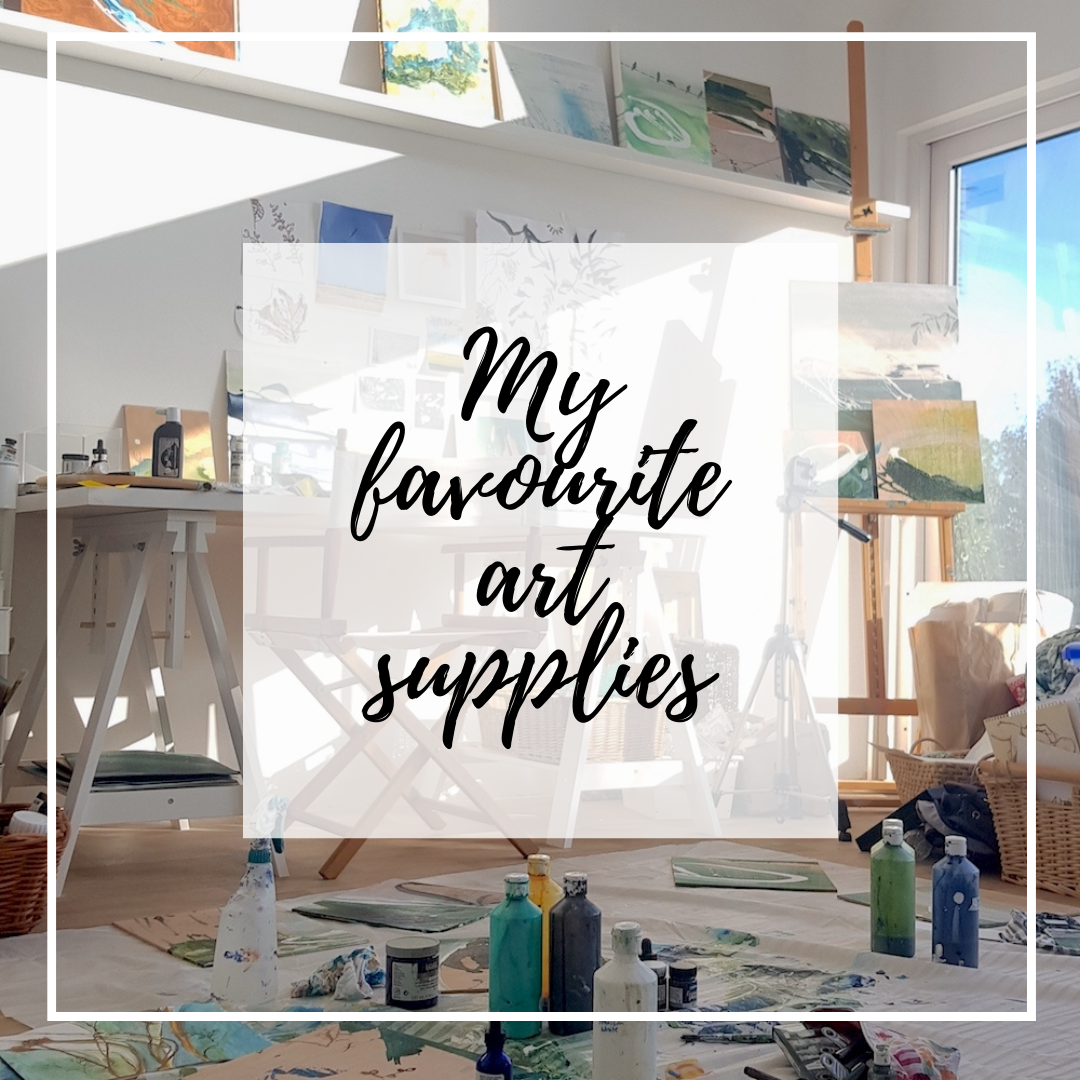
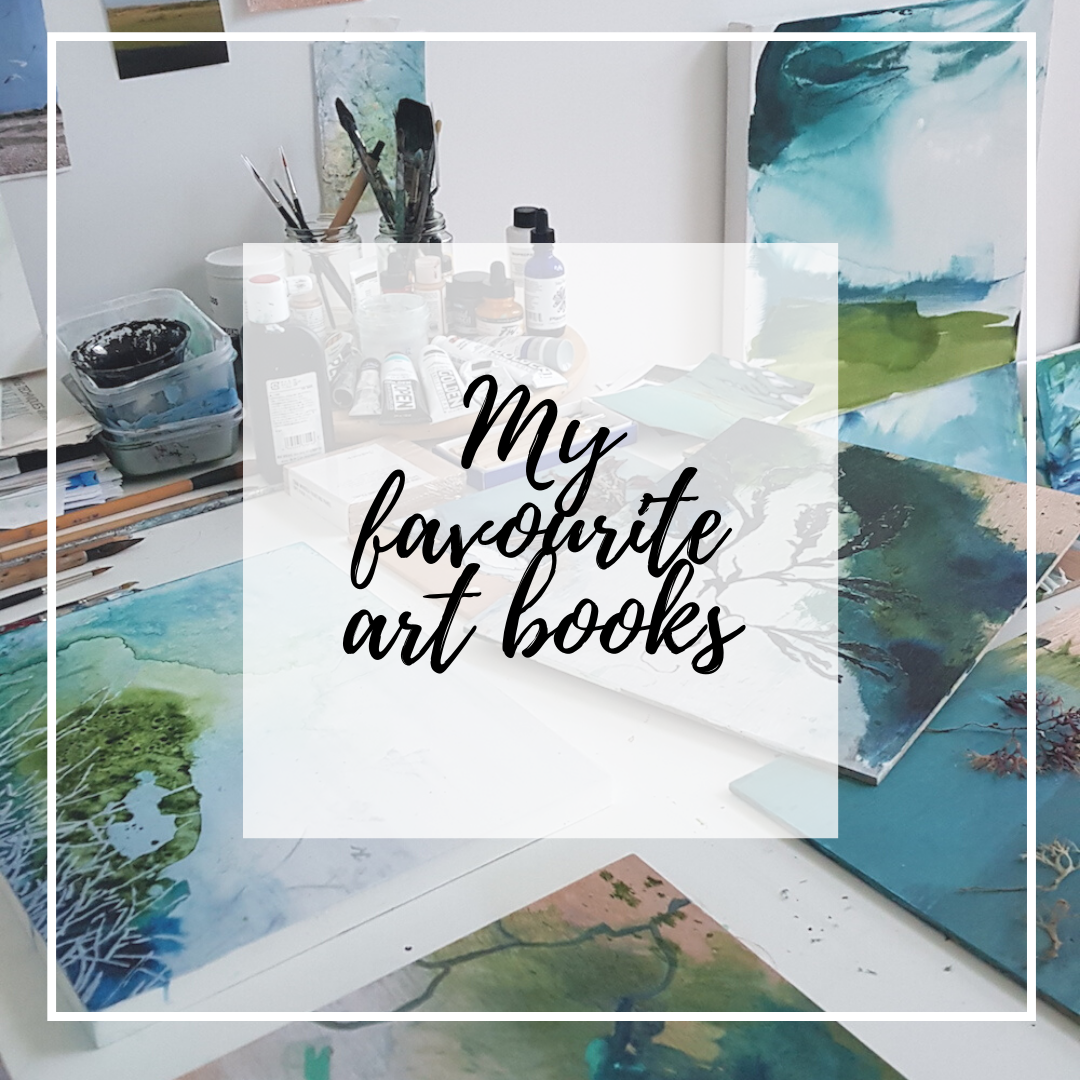
Your blog is so inspiring 🙂 thank you!
I just wanted to mention that my beloved violin teacher (b. 1900) always reminded her devoted students, not all of whom went on to become ‘professionals’, that although the word ‘amateur’ is often used in a derogatory way, it is actually derived from the word ‘love’…which is quite sweet.
Thanks for reading!
Oh of course it is! Thanks for pointing that out! 🙂
Hi Tara,
I it OK to spread out the 7 days over two weeks? (I am working away at a conference the weekend – a long drive Friday night, working both days, conference dinner on the Saturday and a long drive home Sunday night, so no chance to paint. Also, one of the weekdays I am on standby to cover another even for a colleague who may be at the birth of her grandchild, another long drive and night away from home. That’s up to 3 days I may not be able to paint at all. Hope I can still participate. Thanks so much for your blog and work.
Absolutely – you can do it in whatever way will suit you, bearing in mind that most people will be doing it in that week when it comes to the community aspect on Instagram.
Hi Tara: I’ve been receiving your posts for awhile, and I thought it would be great to try the 7 Day Challenge. It looks like there is no separate place to ask for it? I left my name and email again where it said you could ‘also’ sign up for the 7 day, and the regular paid course which registration has closed for. Thanks for any help!
That’s right – you’re in!
Yes, Tara, I’d like to be in on “mycreativeTouchstones” this year.
Looking forward to it. Please send the daily emails, etc.
I enjoy your Artnotes too.
Sally Summa
You’re already on the list Sally!
Hi Tara, I hope I’m in the right place to let you know that I would like to do the 7 day challenge please. After I did your ABSTRACTIFY course (2016) I wasn’t sure what course to do next. I purchased TOUCHSTONE but I didn’t do it as I didn’t feel “ready” for it or “good enough” for it. Anyway, since then I have completed the EXPRESSIVE CHARCOAL course and LOOSEN UP. All courses were brilliant. I learnt so much and my confidence and self belief has grown. Thank you Tara.
Can still access the TOUCHSTONE that I purchased?
Such a pleasure to hear that the courses have helped you Charmaine. You weren’t on the list for the challenge, as that’s the same as the Touchstone list, so I’ve re-added you {you may receive a confirmation email} and you can unsubscribe after it’s finished. I will email you the login details for Touchstone.
I loved this alot and I hope you don’t mind I quoted your words in one of my blog posts. You are really helping me. You are mentioned in my post called “Consistent art. What is it?”
What an honour! Am delighted you got so much from it. I’d love to read the post, although unfortunately the link seems to be broken.